Search Images
Browse Content (p. 1615)
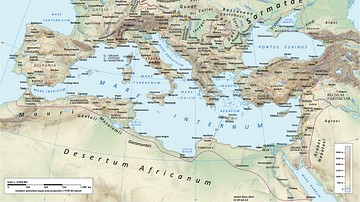
Image
Roman Road Network
A map showing the principal routes of the Roman road network in 125 CE.
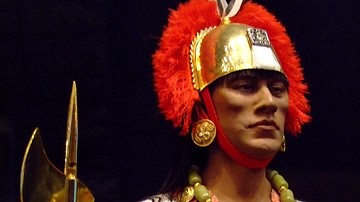
Image
Inca Ruler Atahualpa
A reconstruction of Inca ruler Atahualpa made by G.S.Stuart. (Ojai Valley Museum, California)
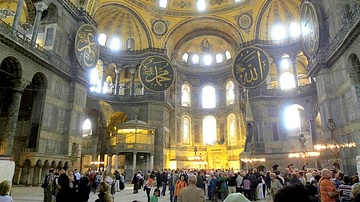
Image
Hagia Sophia, Istanbul
Hagia Sophia was built as a church by Isidore of Miletus and Anthemius of Tralles who were chosen as architects by the Byzantine Emperor Justinian. Hagia Sophia (meaning "holy wisdom") was completed in 537 BCE and was transformed into a mosque...
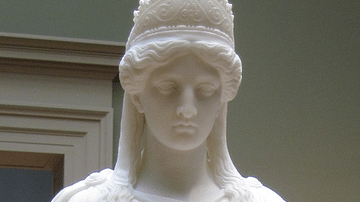
Image
Zenobia in Chains
Queen Zenobia of the Palmyrene Empire, 3rd century CE, rebelled against the Roman Empire and may have been paraded by Emperor Aurelian through the streets of Rome in golden chains. Marble sculpture by Harriet Goodhue Hosmer, 1859 CE, now...
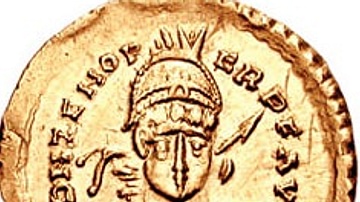
Image
Odoacer Solidus (Coin)
This solidus, Odoacer, in the name of Zeno, 476-493 CE, from the Rome mint, shows a bust of a man with a pearl diadem, helmet, and cuirass. The man holds a spear over his shoulder and a shield with a horseman motif. Attribution: Classical...
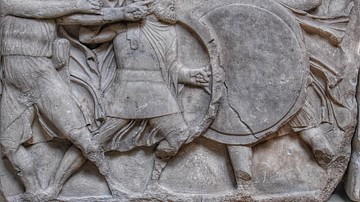
Image
Greek Hoplites Fighting
Frieze of Greek hoplites fighting, from Nereid Monument at Xanthos in Lycia, ca. 390–380 BCE. On display at the British Museum, London.
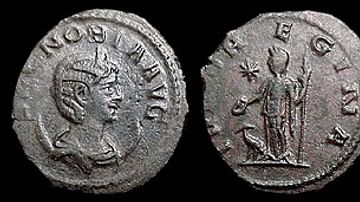
Image
Zenobia Denarius
Zenobia Antoninianus coin reporting her title, Augusta and showing her diademed and draped bust on a crescent with the reverse showing a standing figure of Ivno Regina, holding a patera in her right hand, a sceptre in her left, a peacock...
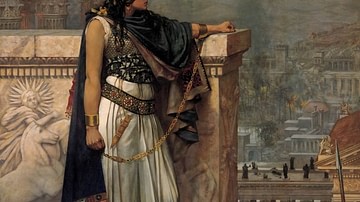
Image
Queen Zenobia's Last Look Upon Palmyra
Queen Zenobia's Last Look Upon Palmyra, painting by Herbert Gustave Schmalz, 1888.
Art Gallery of South Australia, Adelaide.
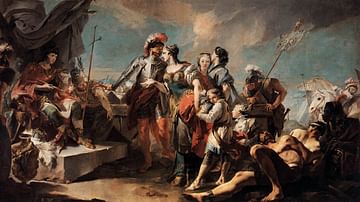
Image
Queen Zenobia before Emperor Aurelianus
Queen Zenobia before Emperor Aurelianus. Giovanni Battista Tiepolo (1696–1770). Oil on canvas. Prado Museum.
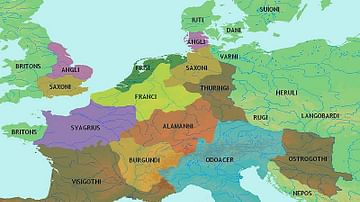
Image
Central Europe 5th century CE
Map showing central Europe in the 5th century CE.